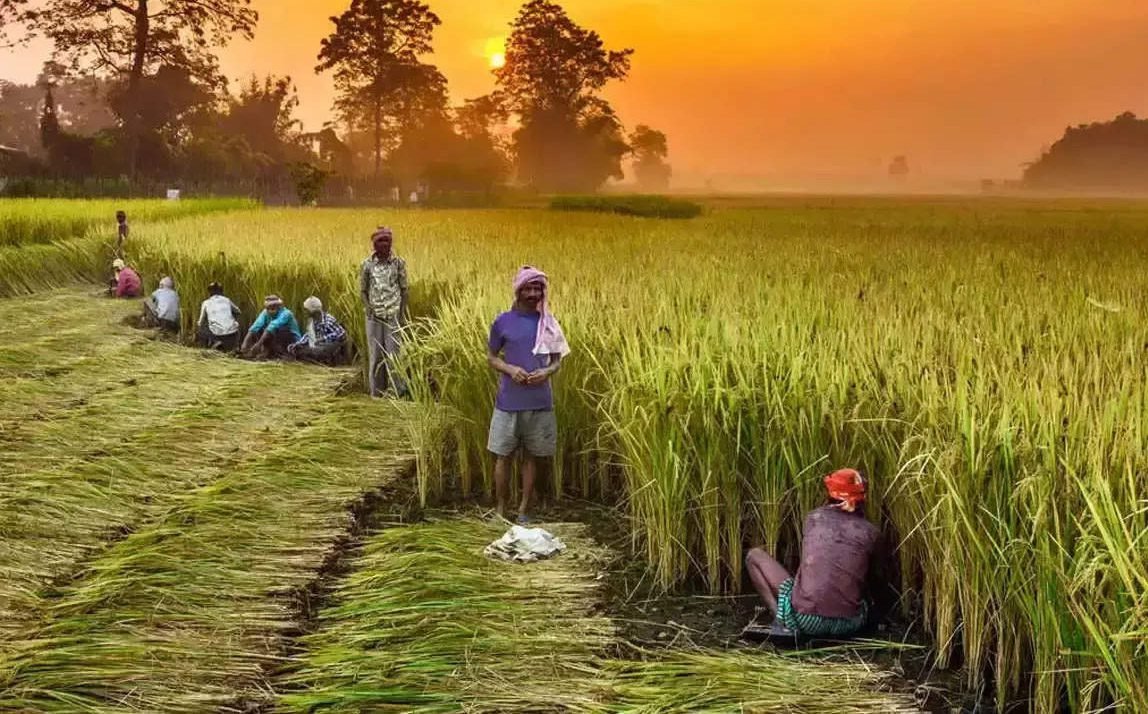
Image Source: indiancooperative.com
In a quiet yet potentially transformative move, India’s government is architecting a digital framework that could redefine how rural welfare is delivered. The proposal: a ‘cooperative stack’—a unified digital infrastructure that integrates rural development schemes through Primary Agricultural Credit Societies (PACS). On the surface, it’s a tech upgrade. However, at its core, it’s an institutional pivot that aims to consolidate India’s sprawling and often siloed rural benefit systems.
The intent currently is to migrate to a cooperative stack, similar to the agristack. In other words, the government isn’t just patching an outdated system—it’s trying to replace a legacy of fragmentation with a digitally cohesive, legally robust alternative.
From Peripheral to Pivotal: PACS in the Spotlight
Historically under-digitised and regulatory backbenched, PACS—once relegated to the margins of rural finance—are now being repositioned as the nerve centres of rural public delivery. With 1.08 lakh PACS and a footprint spanning 13 crore members, the numbers are hard to ignore. Of these, 63,000 are already in advanced stages of computerisation, a far cry from their 20th-century manual ledgers.
This digitisation surge isn’t happening in isolation. It’s being orchestrated under a broader policy shift triggered by the creation of the Ministry of Cooperation in July 2021, which marked a significant recalibration of rural development priorities. The government has committed to computerising 80,000 PACS, not merely as a digital clean-up, but as a strategic enabler for policy convergence.
Why PACS—and Why Now?
PACS are not just widespread—they’re legally grounded. Unlike Self-Help Groups (SHGs), which operate through administrative circulars, PACS derive authority from cooperative legislation, making them a sturdier foundation for what could be the most comprehensive rural scheme integration India has seen.
The rationale is simple but profound: why create multiple parallel institutions for schemes like fertilizer subsidies, crop insurance, food grain disbursals, or agri-credit, when a unified, legislatively backed entity can serve all those functions—with embedded transparency?
The Digital Infrastructure at Play
The cooperative stack borrows heavily from the playbook of agristack, ONDC, and DigiLocker—building layers of interoperable, API-driven infrastructure. Already, technology integration in PACS includes AI-driven weather advisories, cloud-based MIS, and real-time credit monitoring, enabling farmers to receive contextual crop inputs, real-time alerts, and seamless subsidy transfers.
However, this integration isn’t just about tech wizardry—it’s about restoring institutional trust. For years, PACS were deemed too opaque for greater responsibilities. Now, with embedded digital trails, regulatory oversight becomes proactive, not punitive.
Risks, Realities & the Road Ahead
Of course, the vision isn’t without its frictions. The digital divide in rural areas is real. Training PACS personnel, especially in remote states, will be critical. Then there’s the question of inter-ministerial coordination—the cooperative stack requires ministries handling agriculture, food, fertilizer, and rural development to co-create and co-own a singular platform. A tall order in a governance ecosystem historically built on vertical silos.
However, what the government is proposing is not just reform—it’s reimagination. With an inter-ministerial committee already working to establish a single rural benefit centre, and PACS emerging as the logical institutional base, the cooperative stack might just be the backbone India didn’t know it needed.
The choice before policymakers is not just digital vs manual. It’s fragmented vs unified, opaque vs transparent, temporary fixes vs foundational reforms.
If executed well, the cooperative stack could do what Aadhaar did for identity—give every farmer, every rural household, a secure, verifiable, and accessible interface with the state.
In the end, this isn’t about stacking code. It’s about stacking trust, accountability, and efficiency—one PACS at a time.